That influence is working class culture and without it fashion would not be what it is today. After the war fedoras also grew in popularity right along with flat sportsman caps and straw boater hats for the summer months.
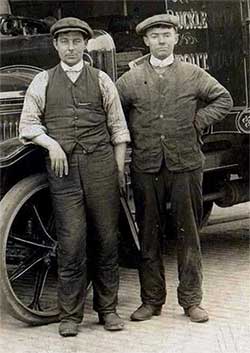
How Working Class Men Spent Their Time In The Early 1900s
Summer versions appeared in linen heavy cotton or seersucker.
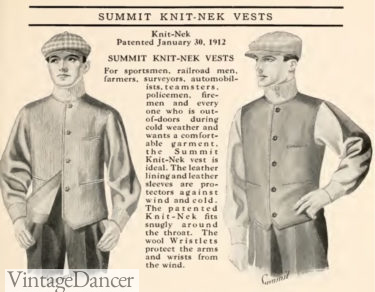
. Up to 24 cash back Homemade clothing including homemade dressmaking was very common within this class. Working Class Women 1900s. Womens fashion was neat covering and detailed with ruffles buttons and lace in layers.
1917 mens flannel sport or work shirts. As factories and industries grew farmers provided the food and agricultural resources that helped sustain life. Some men including younger men donned sack suits similar to modern business suits all day.
The common utilitarian dress for laboring men before the twentieth century was made up of breeches or trousers jackets and waistcoats of hard-wearing materials such as moleskin fustian or corduroy. Bowler hats were no longer confined to working class men. More 1910s Mens Fashion History 1910s Mens Casual Clothes Sportswear knitwear summer fashion Eveningwear Formal tuxedo morning suit and wedding clothes Mens Workwear Clothing for the working class men Mens Edwardian Motoring clothes For car drivers and workers Mens Vintage Boating.
A new work shirt or cap was a frequent Christmas gift. Mens ties were usually worn with most casual suits and sportgolf outfits. Only the richest people were able to afford Paris fashions so many American designers became popular during the 1930s when money was tight.
Mens fashions still revolved around the suit. More like this. The following are examples of the types of clothing men wore.
Felt derby and bowler hats became standard accessories for well-dressed men of the 1910s and these hats were likely more comfortable than the silk top hats that men reserved for formal events. Grey flannel suits were common worn with shirt tie and pocket handkerchief. Standard wear for men in nonmanual work was the sack suit or three-piece suit usually worn with a shirt with a detachable collar while working-class men generally wore trousers and a button-down shirt.
A mans hat in those days was meant to coordinate with his outfit. Clothing was designed to. These items had to last for many years before being replaced.
Fashion in the period 1900-1909 in European and European-influenced countries continued the long elegant lines of the 1890sTall stiff collars characterize the period as do womens broad hats and full Gibson girl hairstylesA new columnar silhouette introduced by the couturiers of Paris late in the decade signaled the approaching abandonment of the corset as. The Working Class in the Early 1900s. The colors were often in sweet pastels or a traditional set of a white blouse and a black skirt.
Mens fashions of the 1930s showed dramatic changes due to the start of the Great Depression in 1929. Mens clothing in general changed much less frequently and less dramatically than womens clothing. As mentioned the early 20th century was defined by a conservative fashion in combination with nature.
The blazer appeared at this time worn mostly for sports and casual activities. There were certain magazines especially made for people in the working class such as Mabs. Hollywood and the glamour of celebrities also influenced 1930s fashion for men.
Three-piece suits no longer had to match - they would sometimes have contrasting pieces. Working men wore vests of heavy cotton or denim. Even though the early 1900s were a time when urbanization was growing like wildfire and cities were popping up all over the map rural farming was still an important occupation of the working class.
The bow tie was a popular and fun option as well as skinny silk or knit tie ties in solid or stripes. Tweed or check jackets worn with non-matching trousers were also popular and open collars were permitted for casual wear. A return to a more stable economy in the decades later years allowed more expression in male fashion.
In the 60s and 70s fashion was a largely aspirational medium. The bottom of the pant leg met the high stockings at the knee. Hair was worn with a side parting but slicked back with Brill cream.
In some situations working women were the. Jackets became narrow with smaller lapels. Men wear top hats with formal morning dress or bowlers with lounge suits.
If not dressed for manual labor in the early 1900s men generally wore three-piece suits jacket trousers and waistcoat or vest with high round-collared white shirts neckties and derby or bowler hats. Regular ties with a. Most laboring men had a pair of trousers or overalls a belt work shirt cap socks boots and a winter coat.
The trailing skirts which were very tight showing skin and broad-brimmed hats of mid-decade narrower dresses and hats with deep crowns. Boys and younger men wore three piece suits for dress consisting of a coat vest and knee pants which were tight fitting and usually made with double knees. Modern ties also gained popularity beginning in this decade.
Fashion in the period 19001909 in the Western world continued the severe long and elegant lines of the late 1890s. Broadcloth also used for jackets and trousers is a large piece of wool that is felted or shrunk in hot soapy water creating a fabric with no visible weave. Upper class men wore silk or wool broadcloth vests.
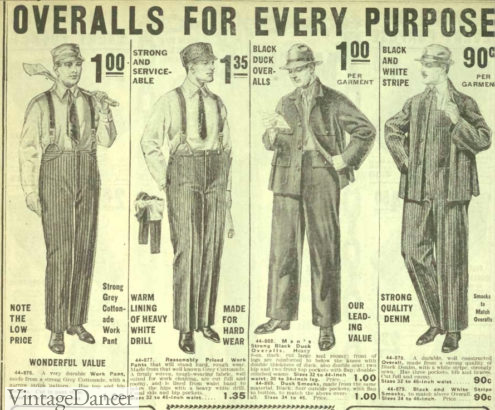
1910s Men S Working Class Clothing
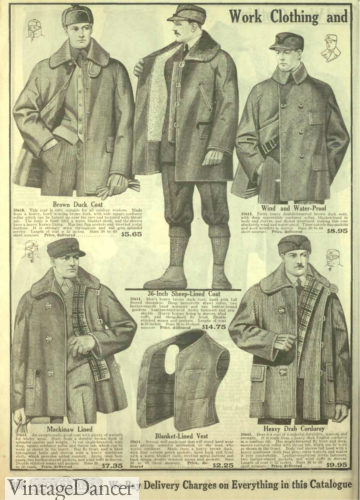
1910s Men S Working Class Clothing

1910s Men S Working Class Clothing
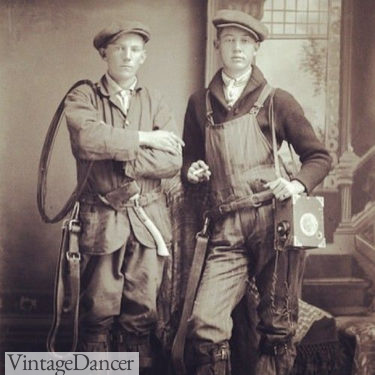
1910s Men S Working Class Clothing
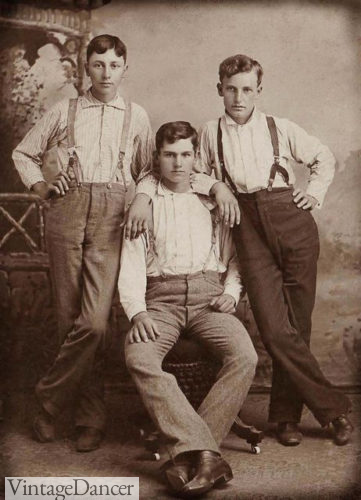
1910s Men S Working Class Clothing
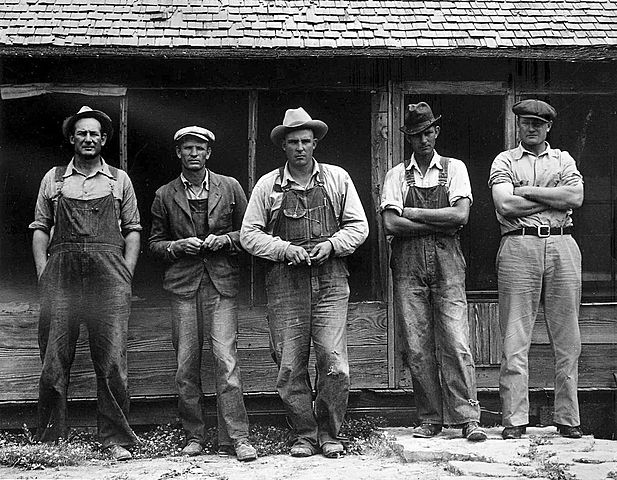
Men S Apparel 1890 1930 Timetoast Timelines
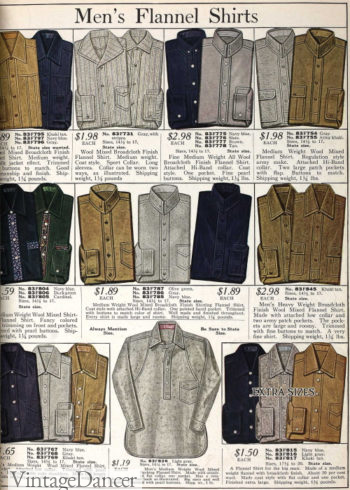
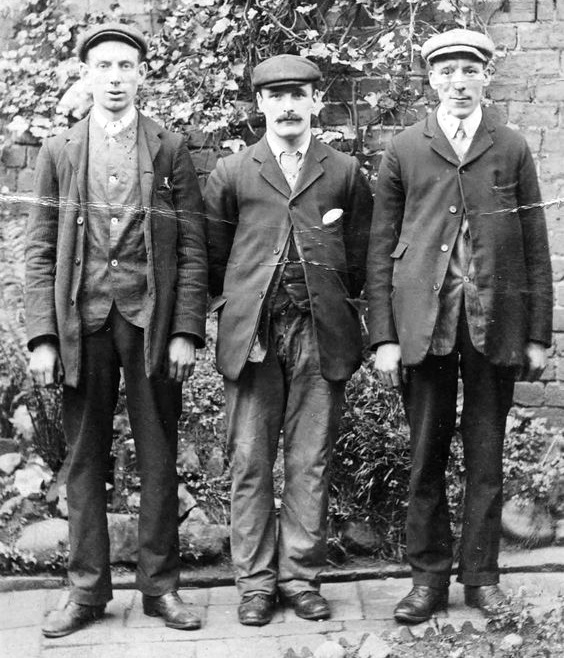
0 comments
Post a Comment